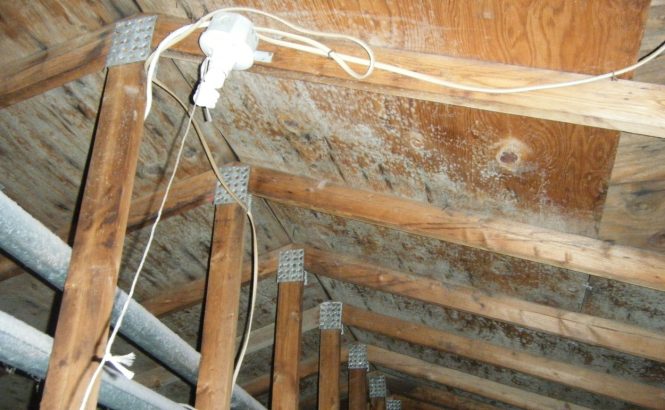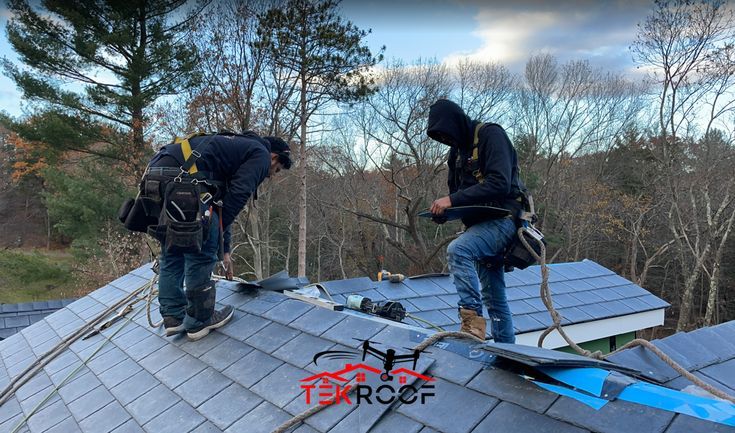

Avoiding roof mold growth is essential for homeowners seeking a healthy and safe living space. Mold on your roof isn’t just an aesthetic concern; it’s a serious issue with potential health risks and costly repairs. This guide provides actionable steps to understand mold growth, identify potential triggers, and implement proactive preventative measures to ensure a mold-free roof. We’ll cover everything from understanding the causes of moisture buildup to practical steps you can take today. The structure of this guide is as follows: we’ll start with understanding the causes, move on to practical prevention strategies, and finally, present actionable steps you can take.
Understanding the Causes of Roof Mold Growth
Identifying Moisture as the Primary Culprit
Roof mold thrives in damp, dark environments. Moisture intrusion is the primary driver of mold growth. Water damage, from leaks to excessive humidity, creates the perfect breeding ground. Prolonged exposure to moisture weakens the roof structure and encourages the growth of harmful mold spores. Improper ventilation, which prevents the circulation of air, can trap moisture and exacerbate the problem. Often overlooked is the impact of attic humidity; high levels of moisture in the attic can lead to condensation on the roof, increasing the risk of mold.
Recognizing the Signs of Roof Leaks
Identifying roof leaks is crucial in preventing mold growth. Visible water stains on the ceiling or walls are tell-tale signs. Water pooling on the roof surface or around the edges can also indicate a leak. Look for drips or water spots on the roof itself. Pay attention to consistently damp or wet areas. Check for discoloration or peeling paint, as these can be early indicators of water damage. If you notice any of these signs, prompt action is vital for preventing mold and damage to your home.
Implementing Proactive Prevention Strategies
Regular Roof Inspections
Regular roof inspections are essential for maintaining a healthy roof. Inspecting the roof proactively for signs of damage or deterioration will allow you to catch potential leaks early on, before they lead to mold growth. Look for missing or damaged shingles, clogged gutters, and any signs of deterioration. Experienced roofing contractors have specialized tools for detailed inspections that homeowners may not have access to. Conduct these inspections twice a year, during the wet season and fall, to identify problems before they escalate.
Maintaining Proper Attic Ventilation
Ensuring proper attic ventilation is vital in preventing roof mold growth. A properly ventilated attic helps regulate moisture levels, preventing condensation on the roof and reducing the risk of mold and mildew. Install or clean vents regularly, and consider additional measures if necessary. In some cases, simply improving the existing ventilation system can drastically reduce attic humidity, preventing mold from developing. Studies have shown that houses with inadequate ventilation are at higher risk of mold problems in the attic and on the roof.
Repairing Roof Damage Promptly
Addressing Roof Leaks Immediately
Immediate attention to roof leaks is crucial for preventing mold growth and water damage. A minor leak can quickly escalate into a major issue if not addressed promptly. Contact a qualified roofing contractor to assess and repair any identified leaks. Prompt repair minimizes the chances of mold infestation, reducing the possibility of structural damage and costly repairs down the road. Proper repairs protect your home’s structural integrity, creating a healthier environment for your family.
Using Moisture Barriers and Preventative Coatings
Implementing Moisture-Resistant Materials
Using moisture-resistant materials during the construction or repair of your roof can be highly effective in preventing mold and mildew. Consider applying specialized coatings that create a barrier against moisture and prevent water penetration. These coatings not only reduce the risk of mold growth but also extend the lifespan of your roof. Using waterproof membranes or vapor barriers is crucial, especially in areas prone to high humidity or frequent rain.
Utilizing Waterproofing Techniques
Employing Advanced Waterproofing Methods
Advanced waterproofing techniques provide an added layer of protection against moisture and water damage. Specialized sealants and coatings designed to prevent water penetration and mold growth can significantly reduce the risk. Using these technologies can enhance the durability and longevity of your roof, helping maintain a mold-free environment. Applying a roof coating to prevent water penetration can effectively reduce the development of mold or mildew, potentially saving considerable repair costs down the road.
Conclusion (200-250 words)
FAQ (2-4 pertanyaan)
In conclusion, preventing roof mold growth is crucial for maintaining a healthy and safe home environment. By implementing these proactive measures, homeowners can significantly reduce the risk of mold infestation and enjoy peace of mind. Regular inspections, proper ventilation, and timely repairs are key to a mold-free roof. Contact a qualified roofing contractor today for a comprehensive inspection and preventative maintenance plan tailored to your needs.